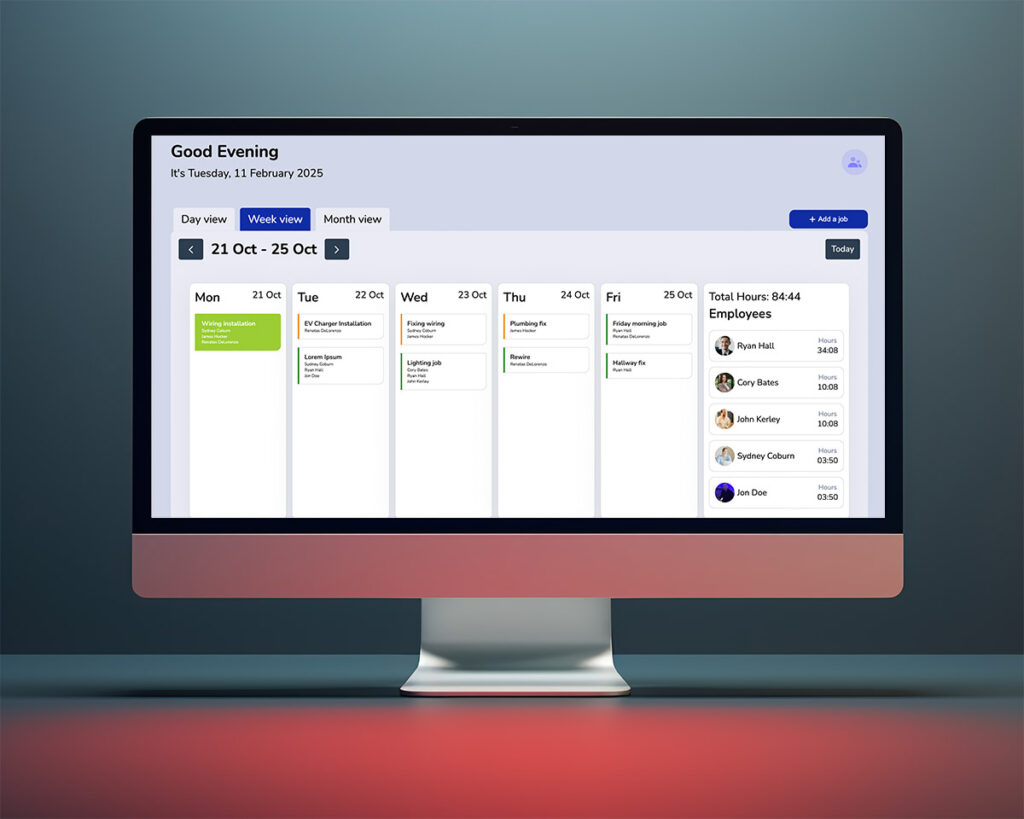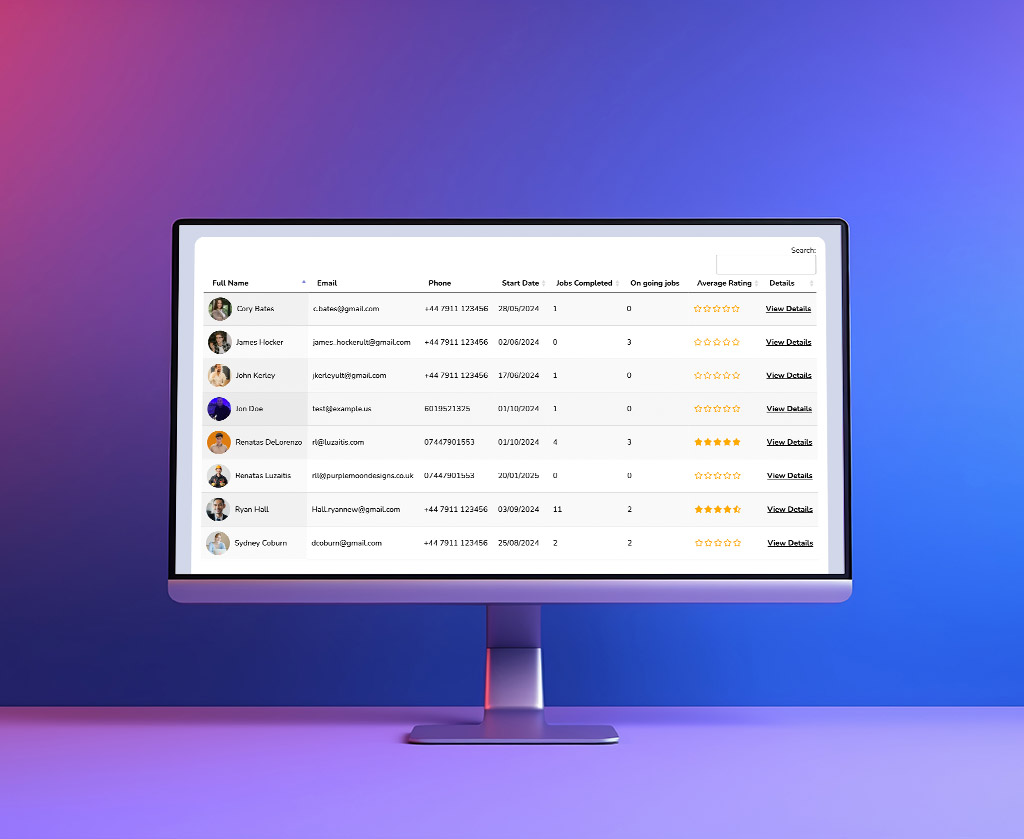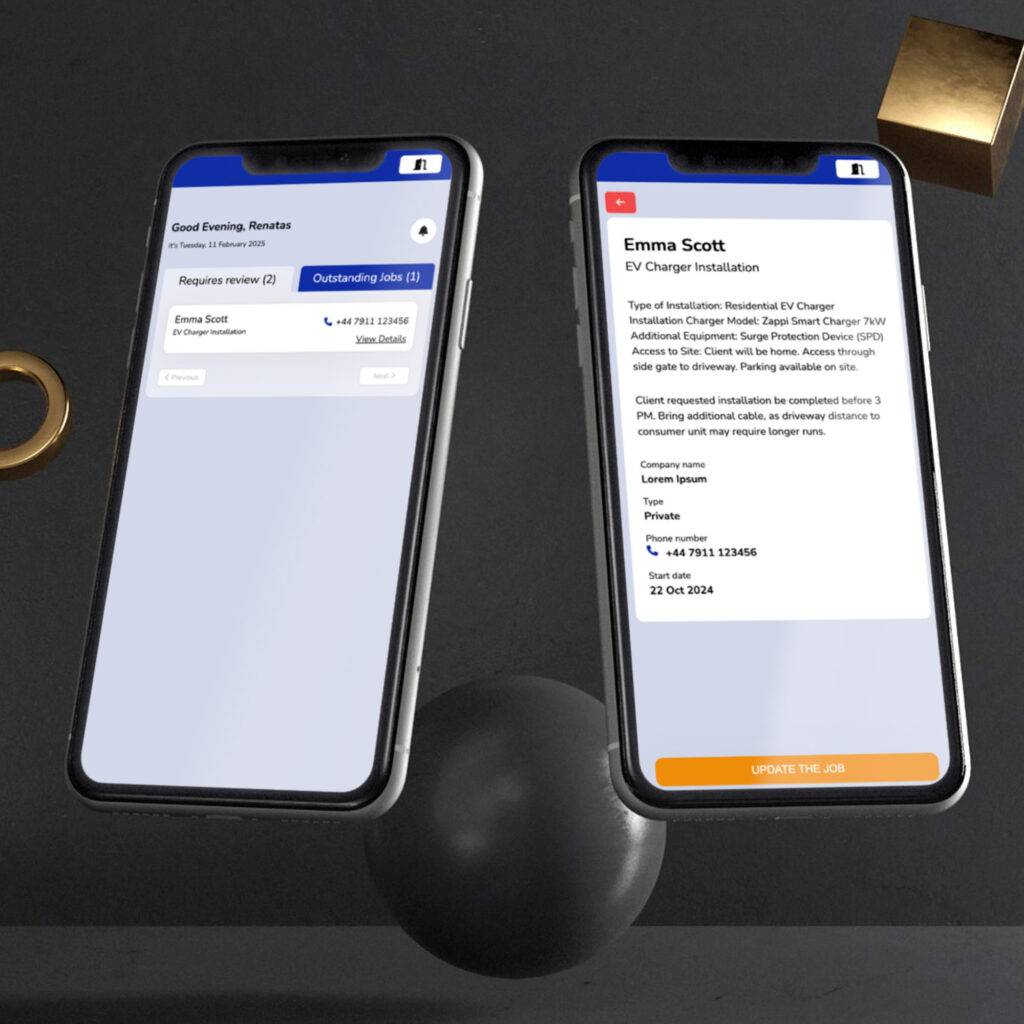Web software operates in web browsers, offering dynamic and interactive functionalities without installation. This article explores its benefits, types, and features, helping you leverage web software effectively.
Key Takeaways
- Web software provides unprecedented accessibility, allowing users to engage seamlessly from any device without traditional installations.
- Key benefits of web applications include scalability and cost-effectiveness, enabling businesses to grow and optimise operations efficiently.
- Effective web software must incorporate strong UI design, robust security measures, and seamless integration capabilities for maximum user satisfaction.
Understanding Web Software

Web software, often associated with innovation and ease of access, functions within web browsers without the necessity for conventional installation methods. In contrast to static websites, these web applications offer dynamic interaction capabilities that enable users to interact effortlessly with various services.
These apps range from personalized ones designed to meet particular requirements, through e-commerce shopping carts, to content management systems – demonstrating the unmatched adaptability of web applications. In today’s digital era, such apps are essential as they efficiently merge user-focused functionality with convenience.
Key Benefits of Web Software

Web applications are increasingly favored by businesses because they offer key advantages such as being easily accessible, scalable, and cost-efficient.
The ability to meet a variety of user demands, improve collaborative efforts, and minimize expenses is what makes these web-based solutions highly beneficial for companies.
Accessibility
Imagine the convenience of utilizing your preferred web application from any device, at any location around the globe, without undergoing the trouble of downloading or setting up software. This is the essence of web applications. They are available through web browsers on a variety of platforms and offer a uniform experience to users across different devices, which boosts both mobility and adaptability.
No matter if you’re using a smartphone, tablet, or desktop computer, users can interact with all aspects of an app’s functionality in a smooth manner that promotes greater productivity and collaboration. Such accessibility proves vital in today’s landscape where remote work prevails. It allows teams located in various places to collaborate with ease.
Web apps cater specifically to user requirements by ensuring crucial services are readily accessible whenever needed.
Scalability
The capacity to scale is fundamental for the triumph of a web application. When there’s an increase in users, the strain on your app’s resources intensifies. Web applications adeptly handle such growth by enhancing their capabilities without necessitating extra infrastructure or substantial investments in hardware.
Maintaining peak performance of your app irrespective of user volume is crucial, and this capability positions it as the ideal solution for businesses seeking growth while avoiding hefty initial expenses.
Cost-Effectiveness
Web applications present a cost-effective solution for businesses, as they tend to be less expensive to develop than their native counterparts. This affordability makes web apps an appealing choice for many companies.
Especially when it comes to custom web applications, business owners can take advantage of solutions that are specifically designed to address particular issues. These tailored apps allow them to improve their operational effectiveness with complex web applications in a more budget-friendly manner.
Types of Web Software

Web applications come in various forms, each serving unique purposes. From e-commerce platforms to content management systems and customer relationship management systems, the versatility of web software is vast.
Different types of web software include e-commerce platforms, content management systems, and customer relationship management systems.
E-commerce Platforms
E-commerce platforms serve as online marketplaces enabling businesses to offer products and services via web applications. These platforms come equipped with vital features, including shopping carts, payment gateways, and product catalogs, which facilitate an effortless purchasing journey for users. To amplify their functionality. These web apps commonly incorporate external services like social media integration and secure transaction processing.
Investing in the development of these tailor-made apps can be quite costly for businesses—usually between 10,000 to 50,000 euros—but this investment is often justified by the considerable returns they can generate.
Content Management Systems (CMS)
Content Management Systems (CMS) enable users to generate, modify, and oversee website content even without specialized technical skills. Renowned CMS platforms such as WordPress, Joomla, and Drupal provide an array of website templates and instruments which assist web developers in constructing and sustaining vibrant websites through a user-friendly website builder that is tailored for enhanced search engine optimization and improved user interaction.
Customer Relationship Management (CRM) Systems
Businesses seeking to manage and scrutinize customer interactions and data during the entire customer lifecycle find CRM systems essential. These tools, when merged with other business functions such as sales, marketing, and customer service, assist in elevating customer contentment and retention which can result in a rise in revenue.
Offering a comprehensive perspective of all customer engagements, these systems enable businesses to refine their approaches accurately and boost their overall efficiency.
Essential Features of Effective Web Software
Robust web applications are designed with a range of critical features that bolster their functionality, security, and user experience. These include an easy-to-navigate UI design, strong security protocols, and the ability to integrate smoothly with other systems—all vital for aligning with business objectives and fulfilling users’ requirements.
User Interface (UI) Design
Ensuring that a web application has an intuitive user interface is vital for facilitating smooth navigation and interaction for users. It’s important to implement responsive design principles so the application can adjust seamlessly to different screen sizes and devices, maintaining a uniform experience across platforms.
Incorporating web accessibility into the development process makes certain that individuals with disabilities can effectively use the applications, thereby enhancing usability and fostering inclusivity. By taking into account what users anticipate based on their previous encounters with technology, developers are able to construct interfaces that not only look good but also perform well.
Security Measures
In the realm of web application development, safeguarding against potential threats is crucial. It’s essential to employ HTTPS to protect data as it moves across the internet and to establish strong authentication measures that keep out unwelcome intruders. Conducting consistent vulnerability evaluations is also key, allowing developers to discover and address possible security issues promptly, thereby maintaining a secure and reliable environment for users.
Integration Capabilities
The ability to integrate web applications with additional tools and platforms allows for a smoother connection, thereby boosting both functionality and efficiency. An example of this is how CRM systems merge the management of customer data with sales and marketing instruments, giving users an all-encompassing perspective on customer engagements, which in turn enhances their decision-making processes.
Such integration is crucial for businesses that seek to refine their workflow and achieve efficient collaboration.
The Development Process of Web Software
The creation of web software entails a systematic procedure that guarantees the end product aligns with both user requirements and business goals. This method encompasses generating ideas, conducting market analysis, and creating prototypes.
Idea Generation
The cornerstone of a triumphant web application is rooted in its original concept. Pinpointing precise user issues and ideas on possible resolutions is essential for cultivating feasible ideas. This process requires a deep understanding of the difficulties users face, guiding the creation of web software designed to tackle actual problems encountered by its users.
Market Research
Conducting extensive market research is crucial to grasp the requirements of users and discover opportunities that competitors might have missed. By examining prevailing trends and the patterns in which consumers behave, companies can craft distinct features specifically tailored to their intended customers, giving them an edge over others in the marketplace.
Such research aids businesses in comprehending what exists within the competitive field, steering the web application’s development process so it aligns with what users anticipate and desire.
Prototyping and MVP
The creation of a prototype and the development of a Minimum Viable Product (MVP) play pivotal roles in the progression of developing new software. Wireframes act as an essential visual blueprint that guides both designers and developers in mapping out the user interface and experience prior to initiating actual coding.
Incorporating merely sufficient features for initial users, an MVP enables developers to collect feedback from early adopters and confirm assumptions about the product at an early stage within the development cycle. Employing this strategy is not only cost-effective, but also mitigates potential risks by confirming that fundamental features align with user expectations before committing to extensive production efforts.
Choosing the Right Technology Stack
Selecting the right technology stack is a critical decision in the development of web applications. Popular stacks like MERN (MongoDB, Express.js, React, Node.js) and LAMP (Linux, Apache, MySQL, PHP) each offer unique benefits. The JAMstack (JavaScript, APIs, Markup) is also gaining traction for its performance and security advantages.
When choosing a stack, consider factors such as project requirements, team expertise, and future scalability. The right technology stack enables efficient development processes and ensures the web application can scale and integrate with other services as needed.
Best Practices for Web Software Development
Adopting best practices in web software development ensures the creation of high-quality, reliable applications. Key practices include using agile methodology, rigorous testing, and continuous deployment.
Agile Methodology
The agile methodology advocates for adaptability and versatility throughout the software development process. It involves utilizing teams with varied expertise and emphasizes iterative progress, enabling ongoing refinement and a closer match to user demands.
Adopting this strategy guarantees the swift delivery of premium software, adeptly conforming to changing project specifications.
Testing and Quality Assurance
Thorough testing and robust quality assurance processes are crucial for upholding strict reliability and performance benchmarks in web software. Developers who meticulously examine applications can pinpoint and rectify problems promptly, guaranteeing a seamless user experience that is both functional and satisfying. These practices safeguard the integrity and security of the software, offering users a trustworthy product they can rely on.
Continuous Deployment
Implementing Continuous Deployment (CD) practices improves the efficiency of rolling out updates and new features for web applications. By utilizing CI/CD pipelines, teams can automate their update processes, which allows them to swiftly and securely deploy code changes. This methodology reduces any potential downtime experienced by end users while guaranteeing that the software consistently incorporates the most recent enhancements and features.
How Web Software Enhances Business Operations

By leveraging web applications, businesses can drastically improve their operational efficiency. These apps allow for enhanced collaboration and support the reduction of operating expenses while also providing the flexibility to scale operations as needed. Companies such as Airbus utilize cloud-based services through web apps to enable remote work capabilities, maintaining productivity from any location by streamlining workflow processes and automating tasks, which in turn reduces reliance on substantial IT support.
Web apps play a crucial role in data consolidation and process automation, leading to increased productivity and improved decision-making abilities within organizations. This is well-demonstrated by entities like RBC Wealth Management and Fidelity Investments who have benefitted greatly from these advancements.
Web application to mobile apps for ios and android systems

Adapting a web application into a mobile app compatible with both iOS and Android platforms can yield multiple advantages such as heightened user control, utilization of features specific to mobile devices, and enhanced user interaction via push notifications.
It’s important to acknowledge the extra expenses involved in app development for these systems. Entities like Apple and Google, as well as payment intermediaries, claim a portion of revenue from sales. Challenges notwithstanding, this conversion has the potential to significantly expand your audience reach across various mobile device users.
Summary
To effectively develop web software in 2025, it is crucial to grasp the advantages and varieties of web applications, integrate vital features, adhere to an organized development process, and implement industry best practices. Utilizing the appropriate technology stack with a focus on user requirements allows businesses to produce web applications that not only improve their operations but also provide outstanding user experiences. As you engage in developing these applications, keep in mind that being flexible and consistently refining your methods will be instrumental for achieving success within this ever-evolving domain.
Frequently Asked Questions
What are the main benefits of web applications?
Web applications provide unmatched accessibility and scalability, allowing businesses to efficiently meet diverse user needs while optimizing costs.
How do web applications enhance business operations?
Web applications significantly enhance business operations by improving collaboration, reducing costs, and increasing scalability, ultimately boosting productivity and decision-making.
What is the agile methodology, and why is it important in web software development?
Agile methodology is crucial in web software development because it fosters flexibility and iterative progress, enabling teams to quickly adapt to changes and enhance the product continuously.
This approach ensures that the final product aligns closely with user needs and expectations.
What are the key features of effective web software?
Effective web software must have intuitive UI design, robust security measures, and seamless integration capabilities to truly meet user needs.
Why should businesses consider transitioning web applications to mobile apps?
Transitioning to mobile apps greatly enhances user engagement with improved access to device features and push notifications, making it a strategic move for businesses.





